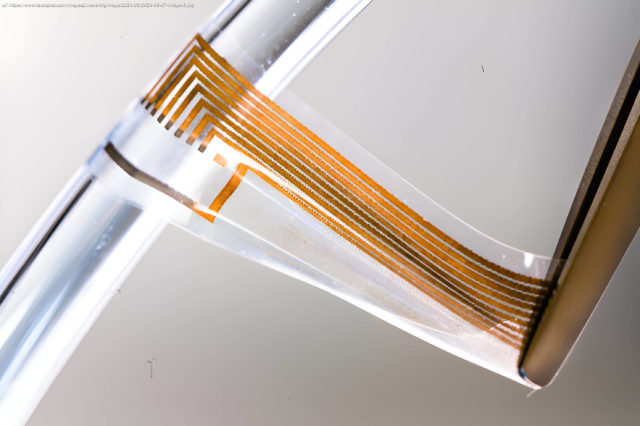Their work, published in the journal Small, could pave the way for new types of medical implants and interfaces that get up close and personal with our.
In a nutshell: When you think of gold, images of jewelry or bullion probably come to mind. But a team from Linköping University in Sweden has used the metal to create electrodes for interfacing with the human nervous system instead – and in a whole new way. They’ve designed gold nanowires that are soft and stretchy enough to be truly biocompatible and connected to the nervous system.
Their work, published in the journal Small, could pave the way for new types of medical implants and interfaces that get up close and personal with our nerves without damaging them. These electronics could help treat conditions like epilepsy, Parkinson’s, paralysis, or chronic pain by seamlessly integrating with the body.
“The classical conductors used in electronics are metals, which are very hard and rigid. The mechanical properties of the nervous system are more reminiscent of soft jelly”, explains materials science professor Klas Tybrandt, who led the research.






